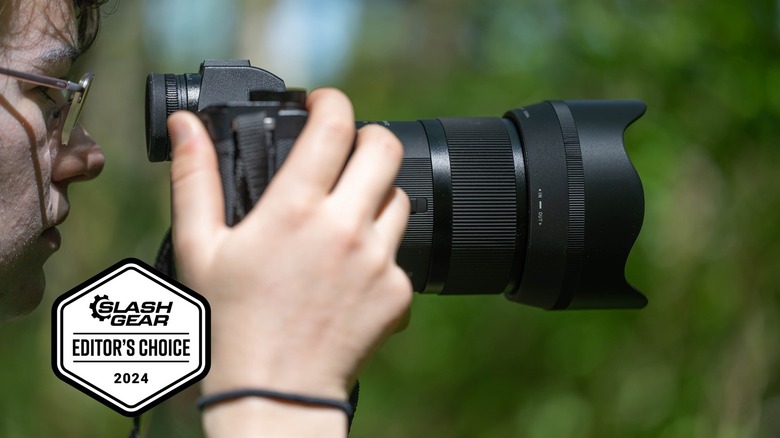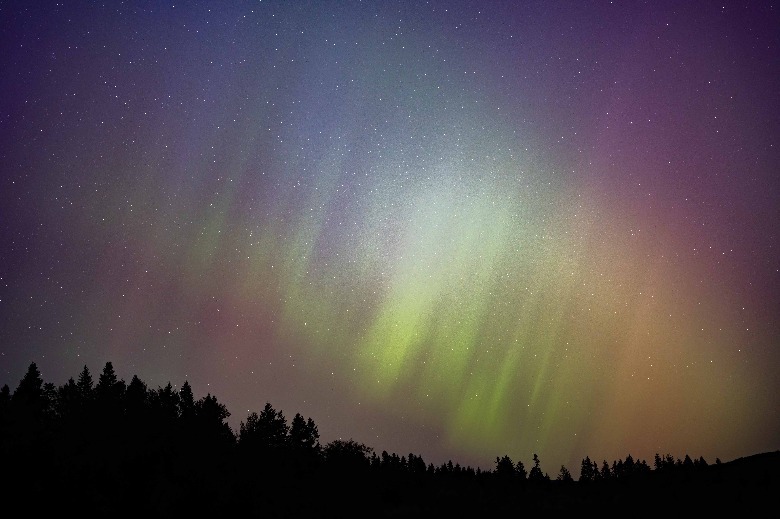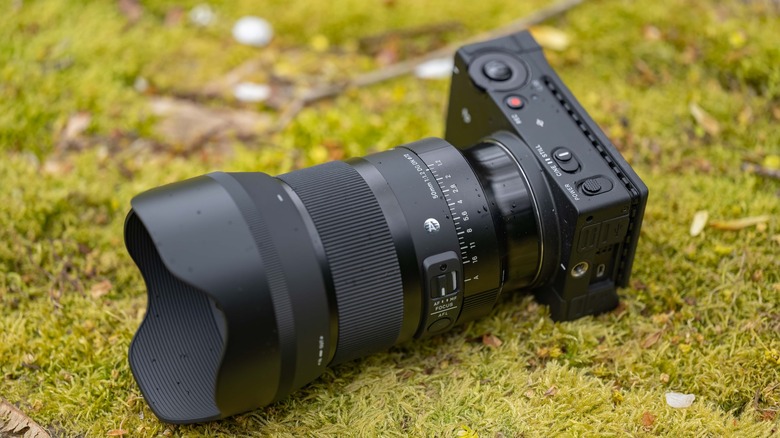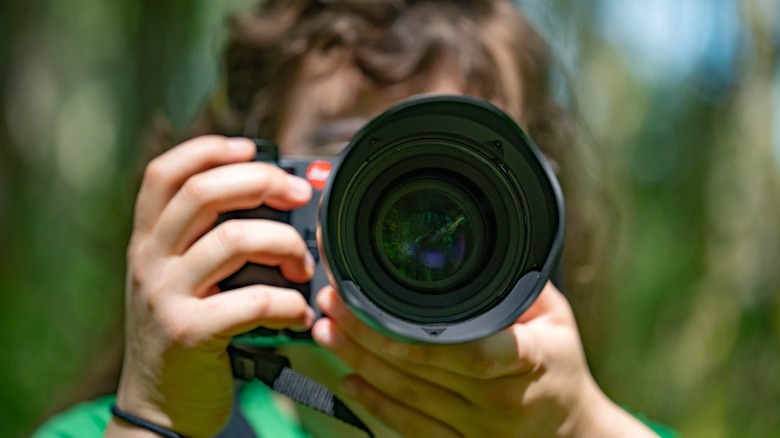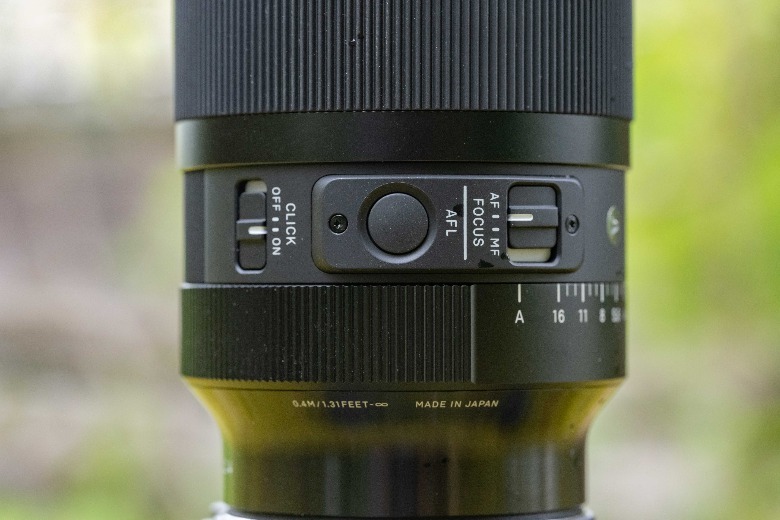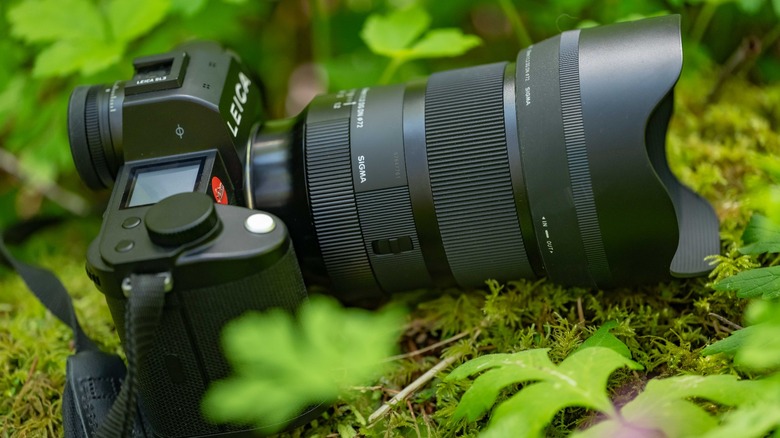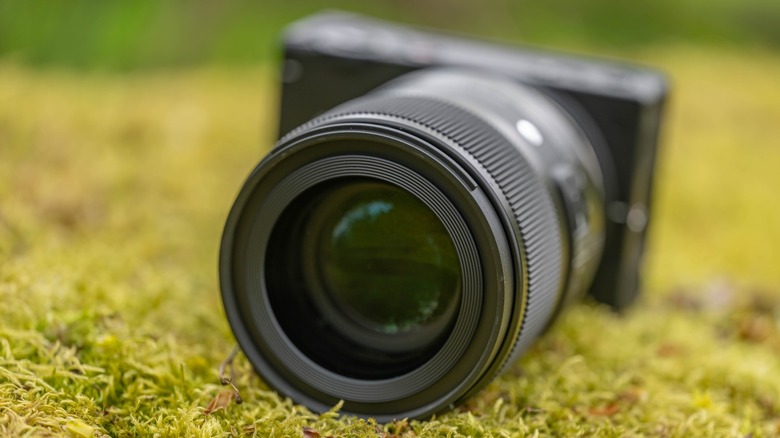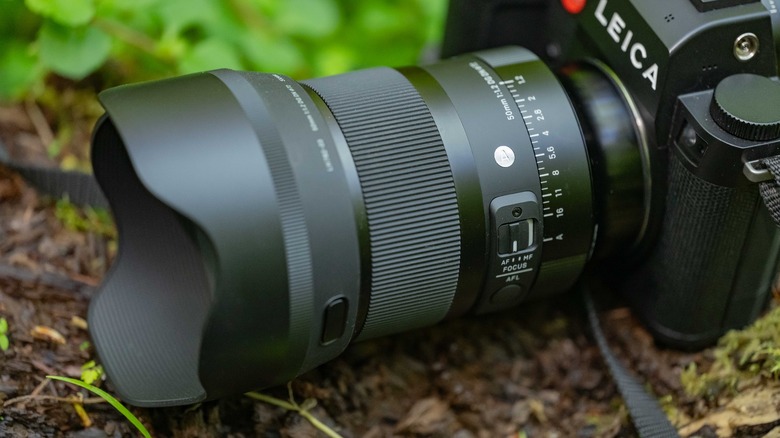Sigma 50mm f1.2 DG DN ART Review: The Price Is Right For This Ultra Bright Lens
- Excellent image quality
- Robust build quality
- Extensive on-lens controls
- Great value for money
- Remarkably portable
- N/A (no cons, just greatness)
Traditionally, ultra-bright aperture lenses have entailed significant caveats inherent in the extreme nature of their design, but, at least on paper, that may not be the case for the Sigma 50mm f1.2 DG DN ART. It comes in at a surprisingly low price point, and if the advertising is to be believed, that low cost doesn't entail the usual trade-offs you might expect.
A 50mm prime lens has been among the most popular focal lengths since the inception of photography as an art. On a full frame sensor, it offers a moderate telephoto that is highly flexible and can fill a variety of roles, from portrait to landscape photography. A super bright aperture such as f1.2 further expands the usefulness of such a focal length by allowing you to shoot in low light more easily, and to better distinguish your subject from distracting elements outside of the plane of focus.
Sigma provided a sample of the Sigma 50mm f1.2 DG DN ART and the Sigma FP L for this review. The Leica SL3, which is also featured here, was provided by Leica for an upcoming review of that camera.
Stunning image quality
I'm a real sucker for dramatic out of focus areas and dreamy bokeh, and the Sigma 50mm f1.2 DG DN ART certainly delivers in this regard. Of course, that's what you'd expect from any lens with an f1.2 aperture, so what's really impressive is that the Sigma 50mm f1.2 is also so sharp when rendering those areas which are in focus. Even shooting on the 60MP Leica SL3t, the Sigma 50mm f1.2 was able to fully take advantage of that camera's high resolution sensor. Optical flaws such as distortion, vignetting, flaring, and color fringing are so well controlled as to be practically unnoticeable.
This optical excellence is thanks to a design featuring 17 optical elements in 12 groups, which includes four aspherical elements. This is how Sigma managed to correct and nearly eliminate the flaws which might otherwise have detracted from its sublime imaging capabilities.
Thanks to a 13-bladed aperture, the cat's-eye bokeh of this lens is wonderfully smooth, and with that f1.2 aperture you can really obliterate out-of-focus areas to draw attention to your subject. The f1.2 aperture also came in handy for photographing the aurora, allowing me to use relatively short exposure times and keep my ISO levels low. It even performs well when shooting close up to subjects, though it's no macro lens.
Tough and remarkably portable
Aesthetically, the Sigma 50mm f1.2 DG DN ART falls in line with Sigma's typical look, which I find to be both beautiful and professional. It's rugged as well as pretty, being very nicely weather sealed and the overall design feels really tough. The shiny A badge denoting that this belongs to Sigma's Art series, along with the solid feel of the metal lens barrel makes it both satisfying and reassuring to shoot with.
I used the Sigma 50mm f1.2 DG DN ART in both very wet and dusty conditions, and the lens performed well no matter what I threw at it. Thanks to the weather sealing, I felt confident shooting both in a light rain shower or on a sandbar with blowing silt. I didn't experience any ingress into the system of particulates or moisture.
One might typically assume that this ruggedness and solidity of design would result in an overly heavy optic, but that's just not the case. At 1.6 lbs and 4.4 inches long, this lens never felt like a chore to lug around, nor did I feel that it was particularly ungainly. In general, I was quite happy to throw this on the Sigma FP L or the Leica SL3 for minimalist photography trips.
The lens hood was both easy to attach and detach, and seemed quite solid.
Auto focus is acceptable, and on-lens controls are great to have
Autofocus wasn't incredibly fast, but thanks to new dual HLA motors, the Sigma 50mm f1.2 is certainly accurate, and reasonably quick to focus. On both the Sigma FP L and Leica SL3 cameras which I tested it on, the Sigma 50mm f1.2 DG DN ART was consistent and reliable in regard to autofocus when shooting either stills or videos. It is worth noting that the Leica SL3 struggled a little more with its subject detection modes when shooting this lens compared to other lenses I used with that system. However, this could possibly be blamed more on the somewhat undeveloped nature of Leica's subject detection rather than on the lens itself.
Manual focus is a smooth experience, and I had no trouble grabbing sharp shots in this fashion. The aperture ring is similarly nicely tactile and can have clicks switched off for videography or locked so as not to be accidentally jarred. Additionally, there's an AFL button, as well as a switch to toggle between auto and manual focus.
An unmitigated bargain
There's no arguing that at $1399 the Sigma 50mm f/1.2 DG DN ART is an almost incredible value for the money. While 50mm f1.2 lenses from other manufacturers such as Sony, Canon, and Nikon are just as good as the Sigma, none of them are anywhere close to as affordable, such as the Sony 50mm f1.2 GM, whose price is $600 higher than that of the Sigma lens. It's more comparable in price with 50mm f1.4 lenses, such as the Sony 50mm f1.4 GM, which costs just $100 less than the Sigma 50mm f1.2.
The bargain status of the Sigma 50mm f1.2 DG DN ART is of course relative, as an inexpensive 50mm f1.8 lens may only set you back $200 or so, but as far as pro-level glass is concerned, the value perspective offered by the Sigma 50mm f1.2 DG DN ART really can't be beat.
Is a 50mm f1.2 the lens for you?
It's worth taking a moment to address the concerns of the more novice photographers who may be considering picking up this lens. A 50mm prime lens is frequently recommended as one of the best lenses to add to your bag after the basic kit zoom lens which likely came with your camera. While there is good reason to opt for a slower, cheaper f1.8 lens such as previously mentioned, I have some personal experience in this regard, as one of the first lenses I bought after my kit lens when I first started shooting on a DSLR was indeed a Canon 50mm f1.8 lens.
While that 50mm f1.8 was very useful, it never really captured my imagination like my subsequent purchases of a Rokinon 14mm f2.8 and Sigma 150-600mm f5.6-6.3. I ended up utilizing an old manual 50mm f1.4 lens far more than the f1.8 because I found the more extreme aperture of f1.4 more exciting than what I could get from a 50mm f1.8. Now I find f1.2 to be a similarly significant jump from shooting with f1.4 lenses. Back in my early days as a photographer, I couldn't have afforded a $1399 lens, but in hindsight, I wish that this lens had existed and that I'd been able to afford it.
If you're a new photographer, the Sigma 50mm f1.2 is an amazing option as your second lens if it's within your budget. If you don't already own a lens, I would definitely consider buying this instead of a standard kit zoom.
Conclusion
After a few weeks shooting with the Sigma 50mm f1.2 DG DN ART, I find myself wondering why I'd ever buy any other 50mm lens. The caveats typically associated with f1.2 lenses are largely, blissfully absent here. It's not too big and heavy, it's not too expensive, there aren't any compromises to sharpness, nor are there glaring optical flaws.
If you're looking for a 50mm prime lens, and own an L or E mount camera, then this is the one I'd most heartily recommend. Even as a photographer who has never really clicked with 50mm as a focal length, I found myself loving every minute spent using the Sigma 50mm f1.2 DG DN ART. It's built to last, and considering its superb performance, it's not likely to become outdated any time soon.
Considering that I can find no flaws to add to the list of cons, this lens earns its 10/10 rating.
You can purchase the Sigma 50mm f1.2 DG DN Art lens from B&H Photo for $2,999 right now.
